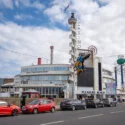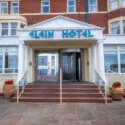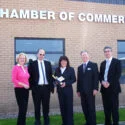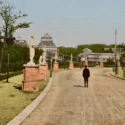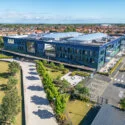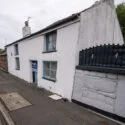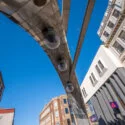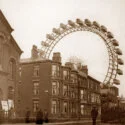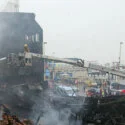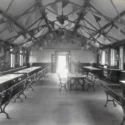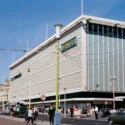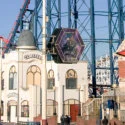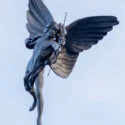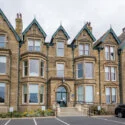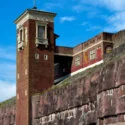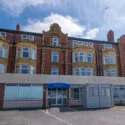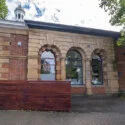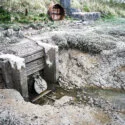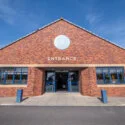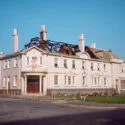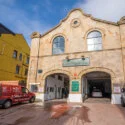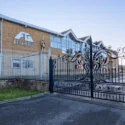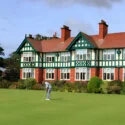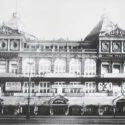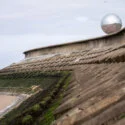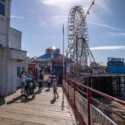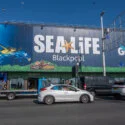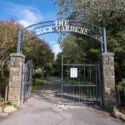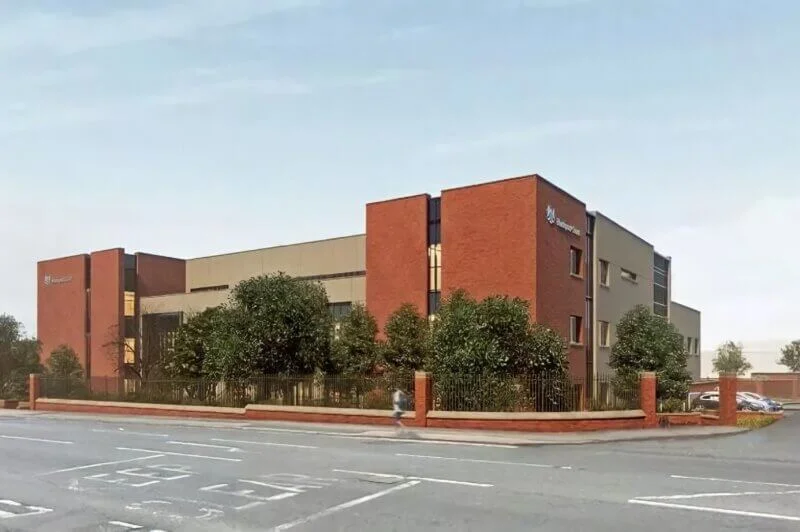
New Magistrates Court
Blackpool is set to receive a new, state-of-the-art courthouse to replace the outdated facilities on Bonny Street. The new building will be located at the corner of Devonshire and Talbot Roads, consolidating magistrates, civil, and family courts into a single, modern site. The proposed three-story courthouse has been designed to blend with surrounding structures and aims to provide improved access to justice for the local community. The project has secured a £40 million investment and is expected to open in 2026. During the construction period, court services have been redistributed across Lancashire to minimise disruption, including the creation of two...
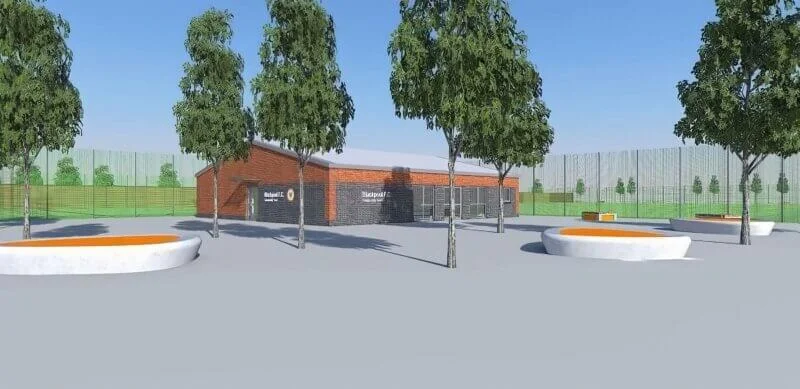
Revoe Sports Village
The Revoe Sports Village is a major community development project in Blackpool aimed at revitalising the Revoe area with enhanced sports and recreational facilities. It is part of Blackpool's £39.5 million Town Deal, with £6.5 million specifically allocated for the sports village. The project involves creating community sports pitches and other amenities to promote physical activity and social engagement. It is closely linked with Blackpool Football Club's plans to construct a new East Stand at Bloomfield Road, enhancing the club's infrastructure while providing additional community benefits. However, as of January 2025, the project has faced delays due to escalating costs,...
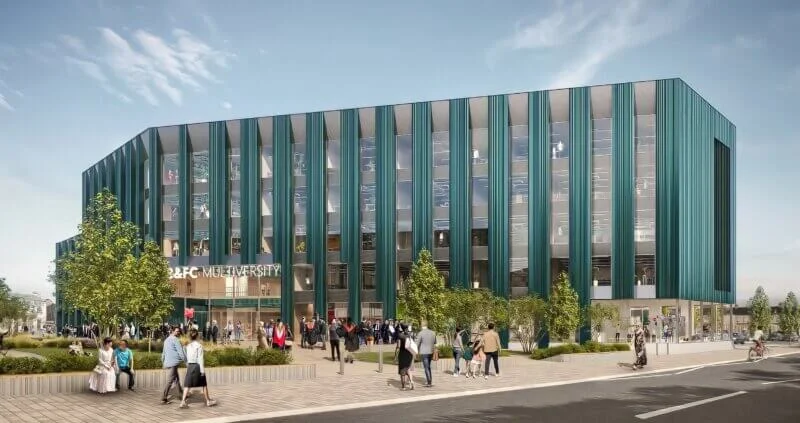
Blackpool Multiversity
Blackpool Multiversity is an ambitious project aimed at transforming higher education in Blackpool by creating a state-of-the-art, carbon-neutral campus in the town's centre. Spearheaded by Blackpool and The Fylde College (B&FC), the Multiversity seeks to integrate digital and business education, skills development, and innovation to position Blackpool as a premier destination for higher education and training. The campus will collaborate closely with businesses of all sizes, ensuring that the curriculum is co-created with employer partners to meet current and future workforce needs. This partnership aims to attract employers to the area by providing facilities for workforce upskilling. The Multiversity plans...



